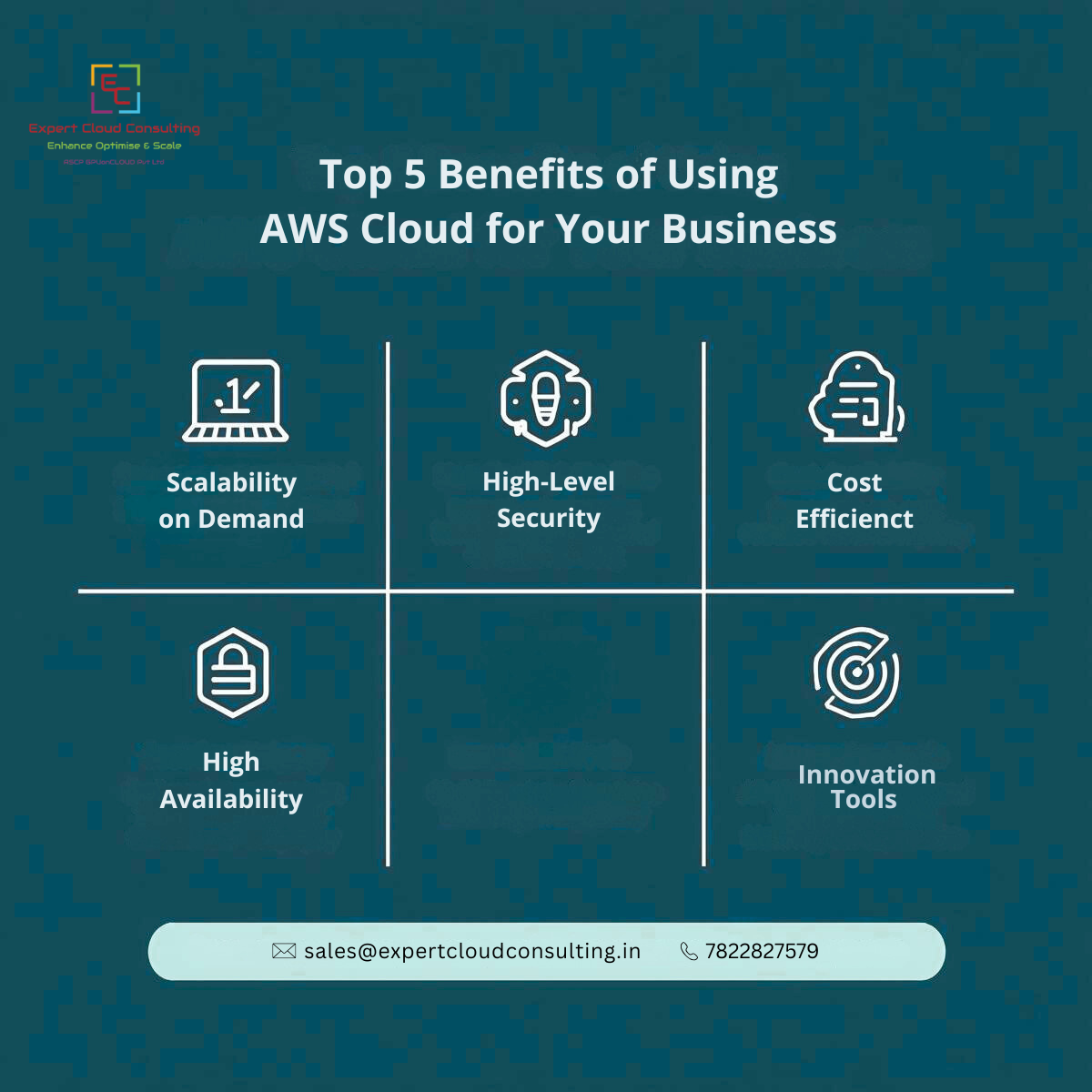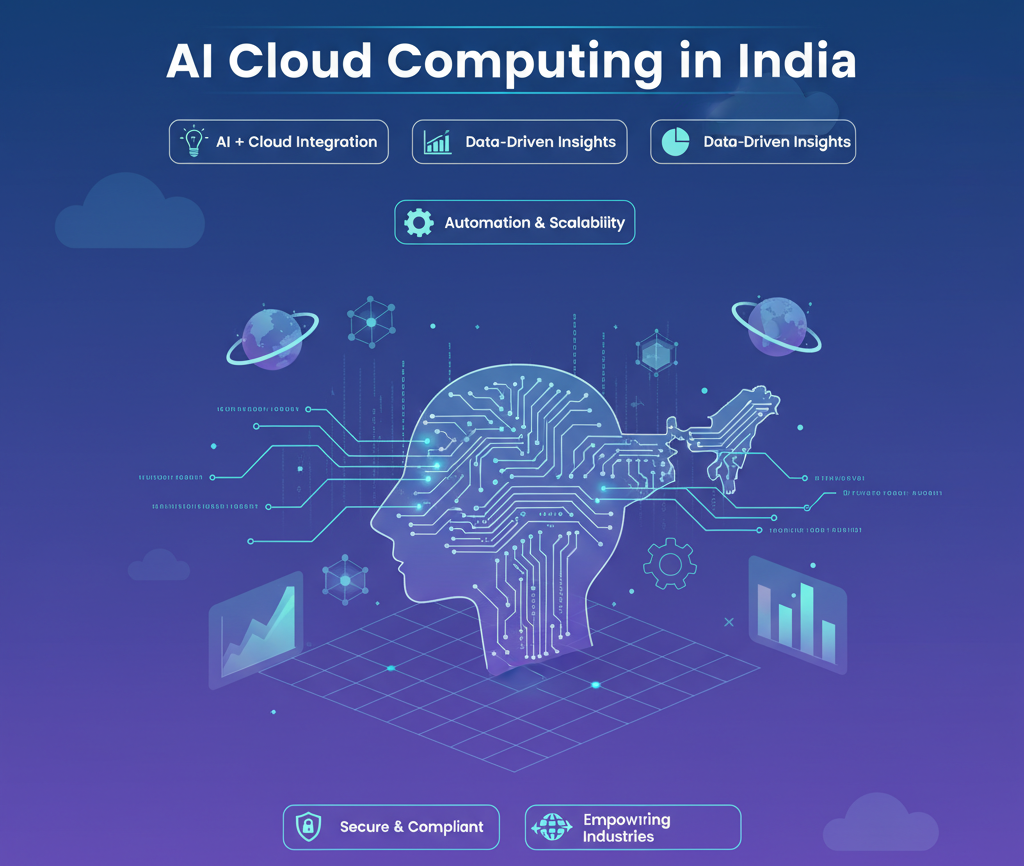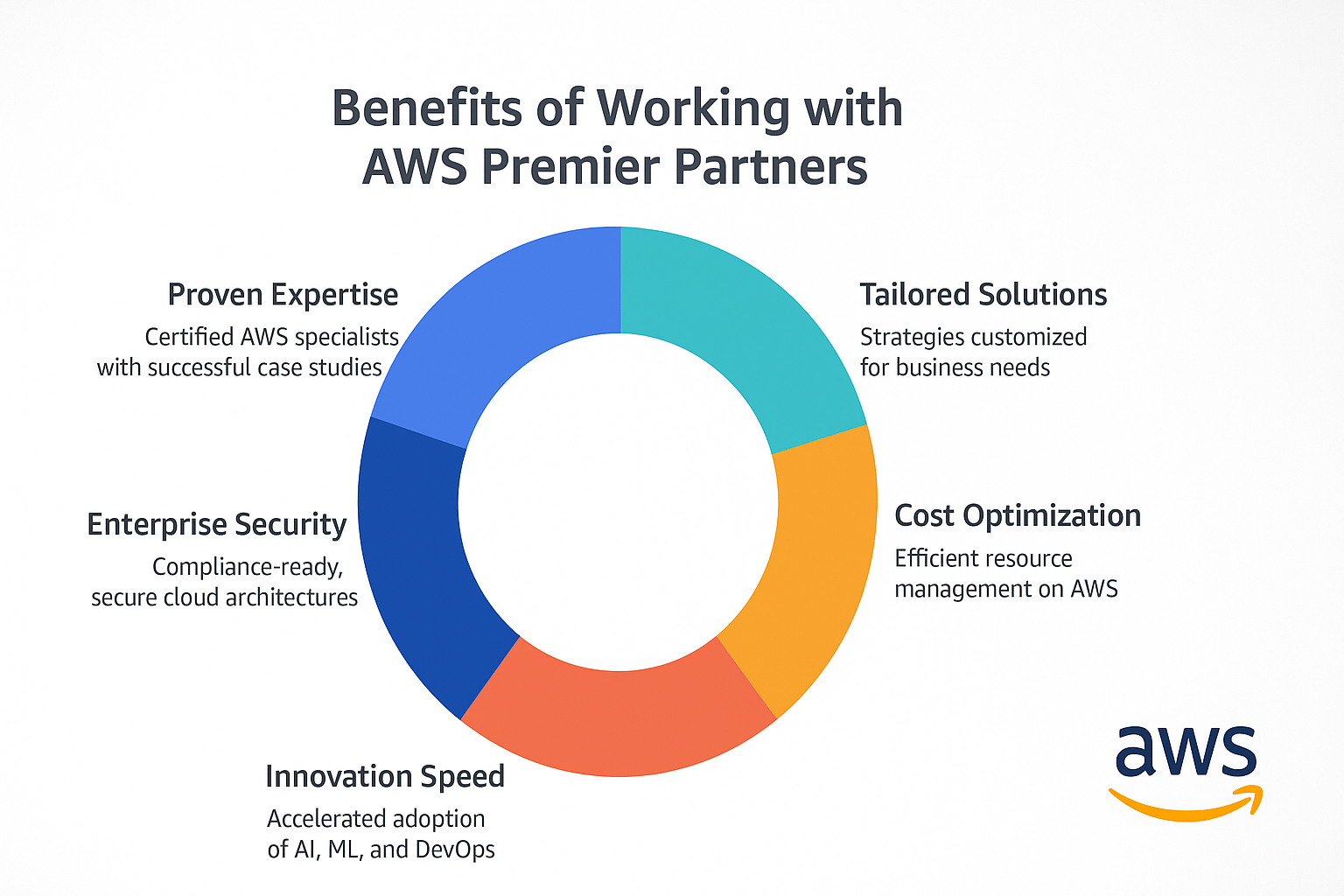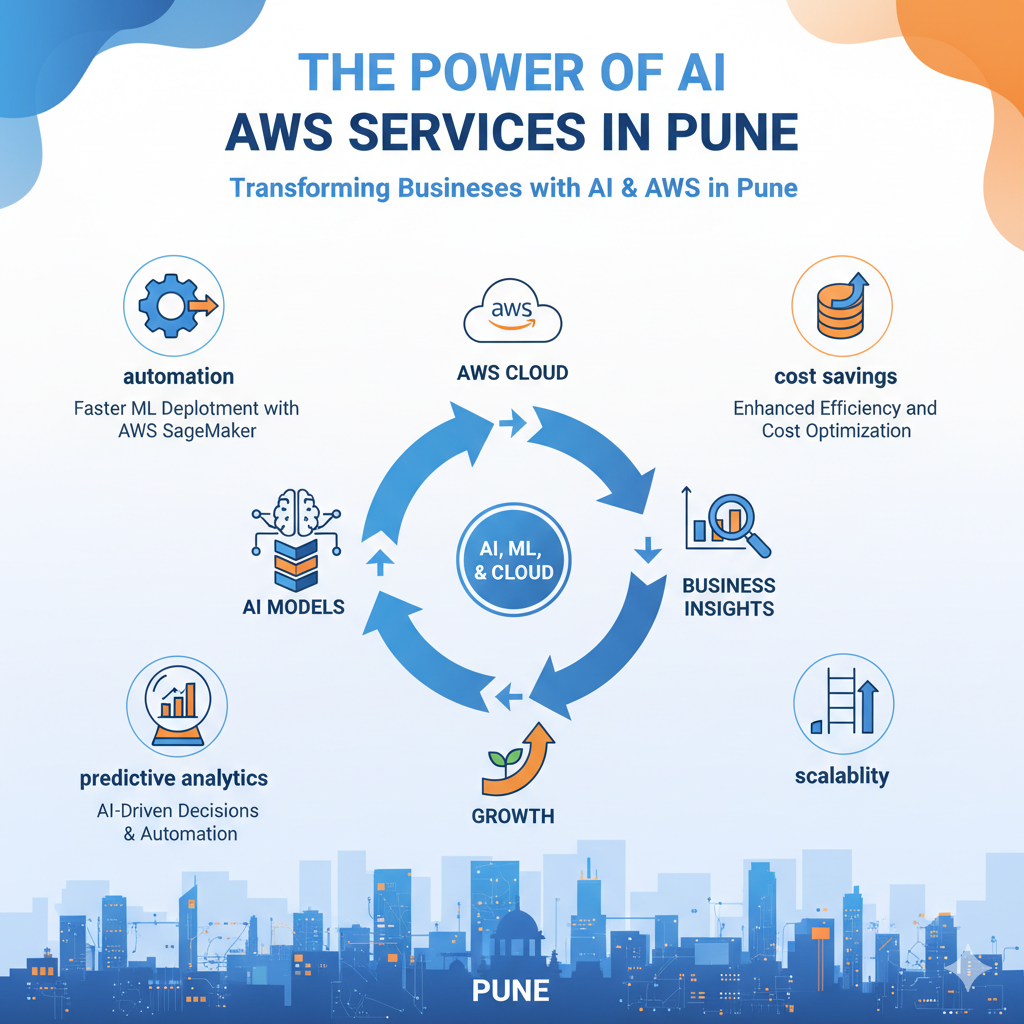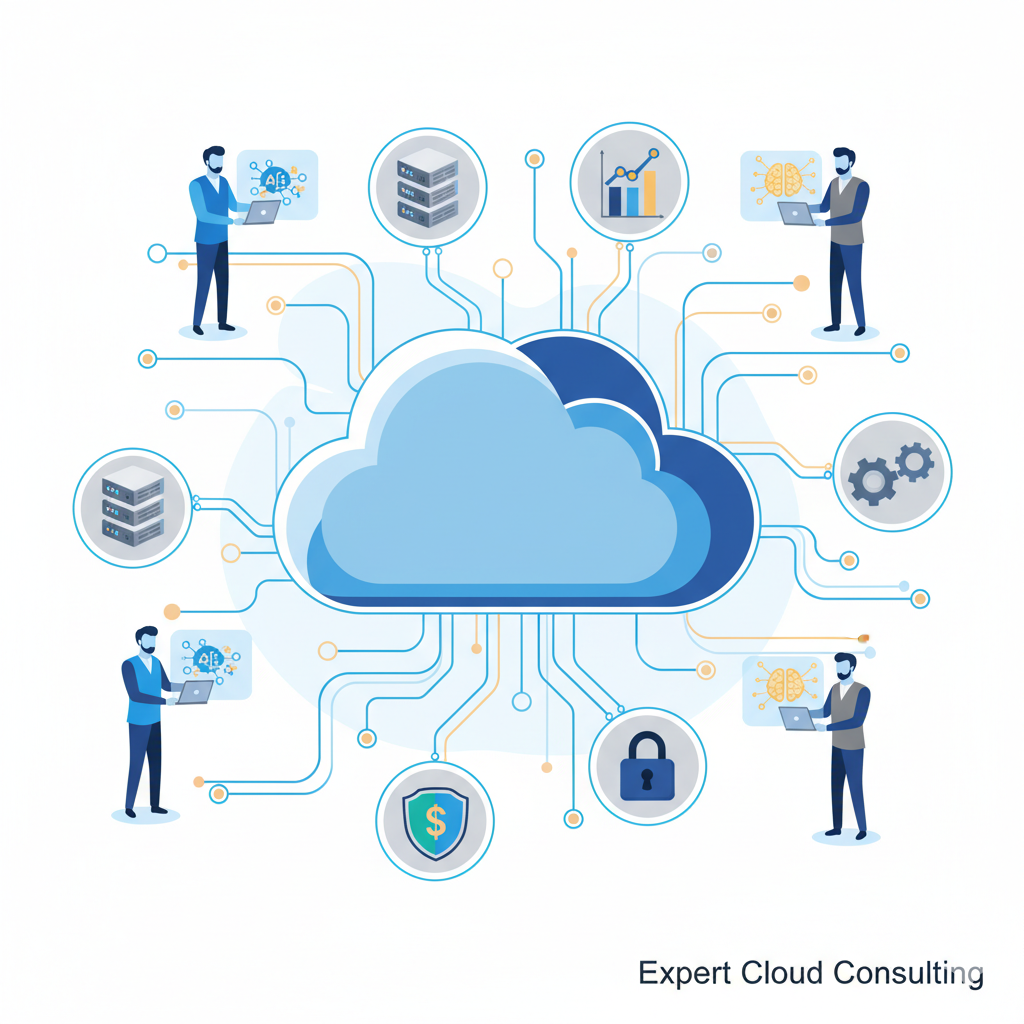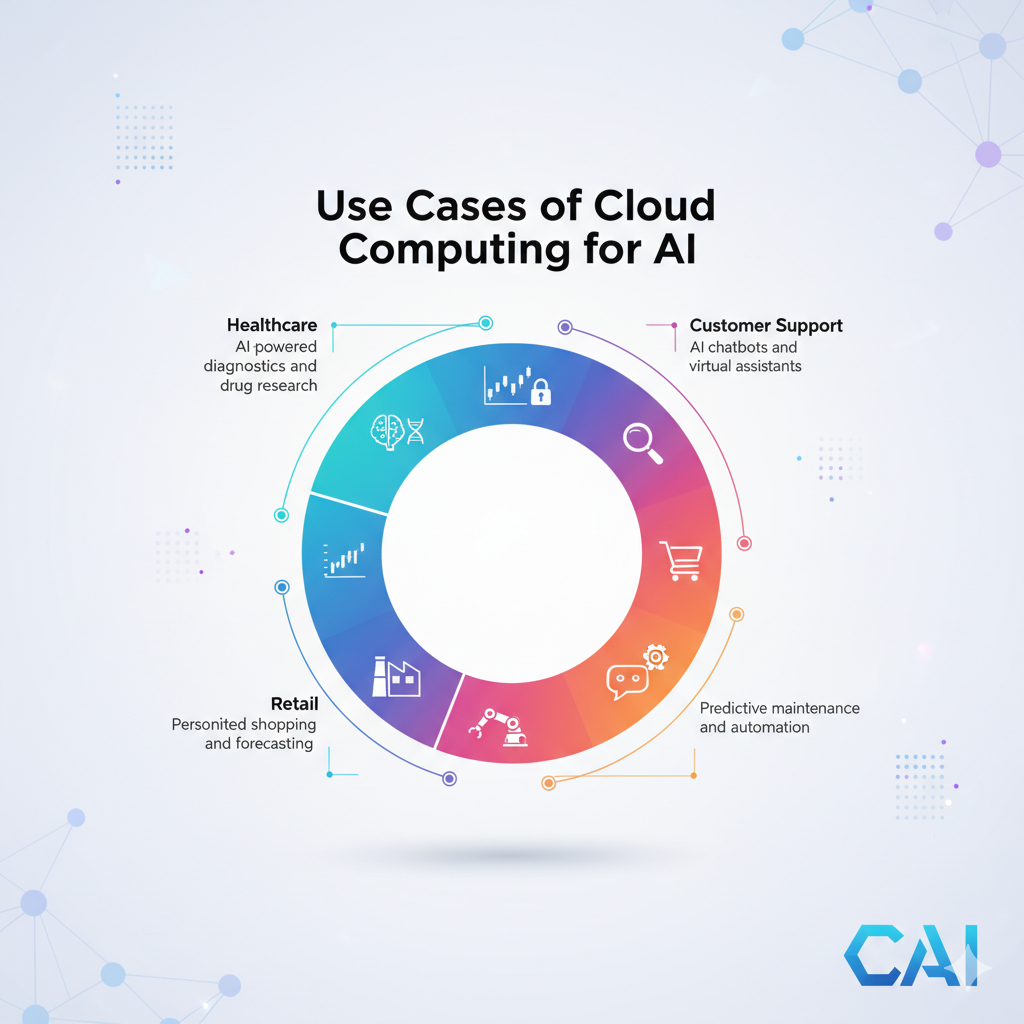Introduction: Enhancing developer velocity is one of the main goals for enterprises in the quickly evolving world of software development. Enhancing developer productivity and expediting the delivery of high-quality software are two areas where DevOps best practices may be particularly helpful. We'll look at tactics and DevOps best practices in this blog post to show you how to increase developer velocity and boost productivity. Frequently integrating code changes into a shared repository is made possible by the core DevOps concept known as continuous integration. CI helps discover integration issues early and saves time and work later on by automating the build process and doing automated tests. Set up a CI pipeline that generates and tests new code with each commit, resulting in a stable product. Robotic Testing:IaC: DevOps is not complete without automation testing, which has a big impact on increasing developer productivity. Automated tests can be run fast and frequently, giving real-time feedback on how well code changes are working. As part of your CI/CD pipeline, implement unit tests, integration tests, and end-to-end tests. Utilize testing frameworks like Selenium, Cypress, or JUnit to automate various test types and guarantee thorough test coverage. IaC: Infrastructure as Code: Developers can design and control infrastructure resources programmatically thanks to infrastructure as code. You may automate the provisioning and configuration of infrastructure by using technologies like Terraform or CloudFormation, which will minimize manual labor and potential mistakes. Developers can concentrate on writing code because Infrastructure as Code assures consistent and reproducible environments for development, testing, and production. Orchestration and containerization: Applications may run in lightweight, portable environments thanks to containerization technologies like Docker. Code may be moved more easily from development to testing to production environments thanks to containers, which encapsulate all the dependencies needed to operate an application. Developers may automate the deployment, scaling, and maintenance of containerized applications using systems like Kubernetes. Developers may quickly and effectively deploy and scale apps by utilizing containerization and orchestration. For More Information Visit our Website @expertcloudconsulting.com. Communication and Cooperation: To increase developer velocity, teamwork, and communication must be effective. Develop a culture that values cooperation between operations teams, development teams, and other stakeholders. Utilize software like Jira, Microsoft Teams, or Slack to enable real-time collaboration and seamless communication. Promote cross-functional teams where developers and operations staff closely collaborate, exchanging expertise, and solving problems. Constant Improvement and Learning: Developers must stay current with new technologies and best practices because DevOps is a discipline that is constantly changing. Promote a culture of ongoing learning and development inside your company. Give developers the time they need to attend conferences, training sessions, conferences, and communities of practice. Developers are given the tools to stay ahead of the curve and consistently increase their velocity when they invest in their professional development. Loops in Feedback and Monitoring: For locating bottlenecks and streamlining the development process, feedback loops and monitoring systems are essential. Utilize monitoring technologies that offer real-time insight into the operation of your infrastructure, application performance, and user experience. Utilize metrics and Key Performance Indicators (KPIs) to gauge the effects of adjustments and pinpoint opportunities for development. Developers can make data-driven decisions and iterate on their work thanks to continuous feedback, which over time leads to increased velocity. Conclusion: By combining technical brilliance, efficient processes, and a collaborative culture, DevOps' best practices can increase developer velocity. You can increase developer productivity and quicken software delivery by implementing continuous integration, automating testing, embracing Infrastructure as Code, utilizing containerization and orchestration, encouraging continuous learning, and setting up feedback loops. Keep in mind that increasing velocity is a journey that calls for constant evolution and adaptation to address the changing demands of the development landscape.





